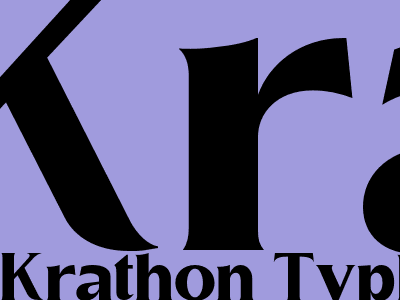
The Ultimate Guide to Writing High-Quality Blog Posts That Rank
Headline
Krathon Typhoon: Monster Storm Batters Coastal CommunitiesIntroduction
In the realm of content marketing, blog posts reign supreme as a powerful tool to engage your audience, establish thought leadership, and drive organic traffic to your website. However, crafting blog posts that truly resonate with readers and rank well in search engine results is an art that requires careful attention to both quality and technical optimization.
This comprehensive guide will delve into the essential elements of writing exceptional blog posts that captivate your audience, satisfy search engine algorithms, and contribute to the overall success of your content marketing strategy.
Chapter 1: Laying the Foundation: Content That Connects
The Power of Audience Research
The cornerstone of effective blog writing lies in understanding your target audience. Conduct thorough research to uncover their demographics, interests, and pain points. This knowledge will serve as the compass guiding your content strategy, ensuring that your posts resonate with the needs and aspirations of your readers.
Leverage tools like Google Analytics, social media listening, and surveys to gather valuable insights into your audience's behavior, preferences, and challenges.
Topic Selection: The Art of Finding the Sweet Spot
Choosing the right topic is crucial for capturing your audience's attention and driving engagement. Focus on topics that align with your audience's interests, address their challenges, and offer valuable insights or solutions.
Explore industry trends, monitor social media discussions, and analyze keyword data to identify topics that are both relevant and have search potential.
Chapter 2: Crafting Compelling Content
Structure for Success: The Anatomy of a Well-Organized Post
A well-structured blog post is a reader's delight. Begin with a captivating introduction that sets the stage and provides a clear overview of the topic.
Divide your content into distinct sections, each addressing a specific subtopic or aspect of the main theme. Use headings and subheadings to create a logical flow and enhance readability.
The Magic of Storytelling: Connecting with Your Audience
Infuse your writing with storytelling elements to make your content more engaging and memorable. Share anecdotes, provide real-life examples, and weave in personal experiences to connect with your audience on an emotional level.
Storytelling helps readers relate to your content and creates a lasting impression.
Writing Style: The Art of Clarity and Persuasion
Adopt a clear, concise, and conversational writing style. Write as if you're having a one-on-one conversation with your reader.
Avoid jargon and technical terms that may alienate your audience. Use active voice, strong verbs, and vivid language to captivate their attention.
Chapter 3: Technical Optimization: Appealing to Search Engines
Keyword Research: The Key to Visibility
Identify relevant keywords that your target audience is searching for. Incorporate these keywords naturally throughout your content, including the title, headings, and body copy.
Use keyword research tools to find the most effective keywords for your topic.
Header Tags: A Signpost for Structure
Header tags (H1, H2, etc.) provide structure to your content and help search engines understand the hierarchy of your ideas.
Use H1 for the main title and H2, H3, and so on for subheadings. This helps search engines and readers navigate your content easily.
Meta Description: The Invitation to Click
The meta description is a brief summary of your post that appears in search results.
Write a compelling meta description that accurately reflects the content of your post and encourages users to click through to your website.
Chapter 4: Beyond the Basics: Advanced Content Strategies
Visual Content: A Feast for the Senses
Incorporate visual elements such as images, videos, and infographics to enhance the user experience and make your content more visually appealing.
Use high-quality images that are relevant to your topic and break up large blocks of text.
Internal Linking: Weaving the Web of Your Content
Link to relevant pages within your website to provide additional information and enhance the user experience.
Internal linking helps distribute link equity and improves the overall structure of your website.
Conclusion: The Path to Success
Writing high-quality blog posts that rank well requires a combination of strategic planning, compelling content, and technical optimization. By following the principles outlined in this guide, you can create blog posts that captivate your audience, drive traffic to your website, and establish yourself as a thought leader in your industry.
Remember, consistency is key. Regularly publish high-quality content that provides value to your readers, and over time, you will reap the rewards of increased visibility, engagement, and conversions.